In the rapidly evolving realm of lighting technology, the comparison between induction lighting and LED (Light Emitting Diodes) lights has become increasingly pertinent. As businesses and individuals alike strive for lighting solutions that offer energy savings, cost-efficiency, and environmental sustainability, understanding the nuances between these two technologies is key.
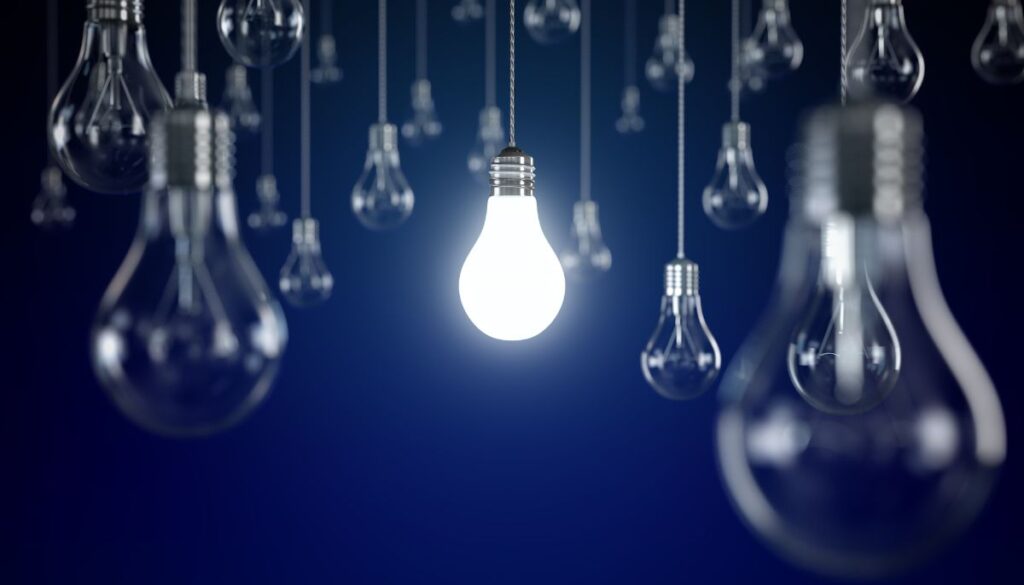
Key Takeaways:
- LED lighting surpasses induction lighting in energy efficiency, longevity, and sustainability.
- LEDs are ideal for Scandinavian design, enhancing minimalist aesthetics with their versatile lighting options.
- Adopting LEDs in home decor supports environmental friendliness and cost savings, aligning with the functional, clean, and natural principles of Scandinavian style.
What Is Induction Lighting and LED (Light Emitting Diodes)
Induction lights and LED lights each boast unique features and benefits. Induction lighting technology, which utilizes an electromagnetic field to excite mercury vapor within an inert gas, creates a bright light without the need for traditional electrodes or filaments.

This technology, inspired by the innovations of Nikola Tesla, is noted for its long lifespan and energy efficiency, making it a solid choice for street lighting, parking garages, and industrial buildings where light output and light distribution are critical.
On the flip side, LED technology shines in its ability to convert electricity into visible light with minimal energy consumption. LEDs are renowned for their versatility, long lifespan, and the ability to provide bright light while using less energy.
The solid-state design of LEDs makes them highly durable and resistant to shock and vibrations, contributing to their status as the preferred light source for a wide range of applications, from street lights to gas stations and grocery stores.

Performance and Energy Efficiency
When it comes to performance and energy efficiency, LED lights are unmatched. Their ability to produce much light with less energy translates into significant energy savings and reduced energy consumption.
Induction lighting, while efficient, especially compared to high-pressure sodium and metal halide lights, typically consumes more power than LEDs for the same light output. This makes LEDs the more environmentally friendly option, contributing to lower carbon footprints across various settings.
Maintenance and Longevity
The maintenance and longevity of LED and induction lighting are notable. Induction fixtures, designed without the fragile components found in traditional fluorescent lights or compact fluorescent bulbs, boast a long lifespan, often outlasting other types of lighting.
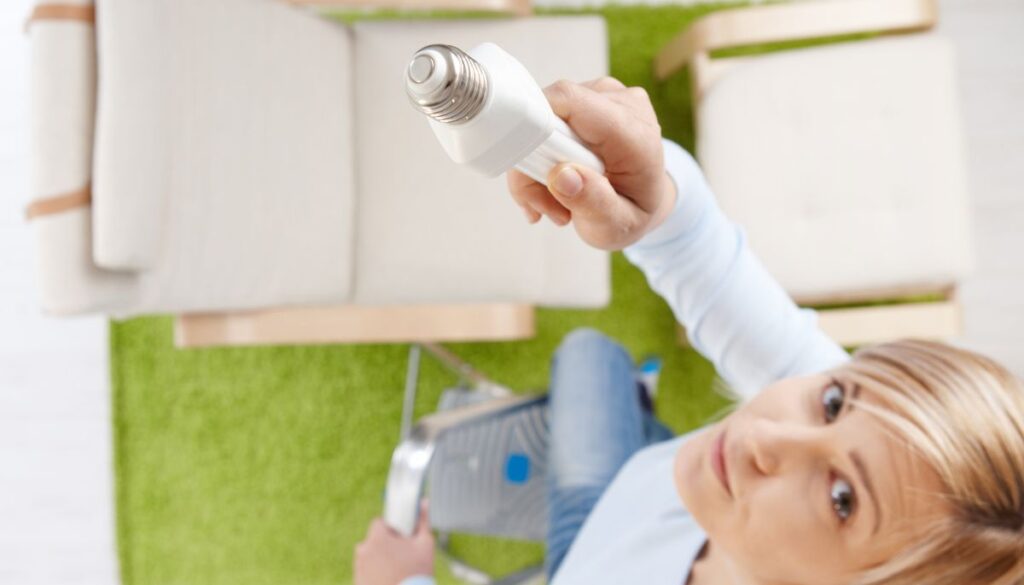
Similarly, LEDs offer an extended service life, with the light output gradually diminishing over time rather than abruptly failing. This slow depreciation, combined with LED technology’s resistance to high temperature and UV radiation, makes LEDs particularly suited for both indoor and outdoor applications, including high bay lighting fixtures in warehouse spaces and factory floors.
Cost Comparison
Considering cost comparison, LEDs promise more energy savings in the long run despite their higher initial purchase price. The energy efficiency of LEDs, capable of reaching up to 120 lumens per watt, ensures they provide bright light with much lower energy costs.

While induction lighting also offers competitive upfront costs and energy savings compared to fluorescent technology and high-intensity discharge lamps, LEDs are ultimately more cost-effective over a long time due to their reduced power consumption and minimal maintenance needs.
Applications and Flexibility
The applications and flexibility of both LED and induction lighting span a vast array of settings. Induction lights, with their broad beam angle and uniform light distribution, excel in illuminating large areas such as street lighting and parking garages. Their induction technology ensures consistent light levels over long times, making them a reliable choice for public and commercial spaces.
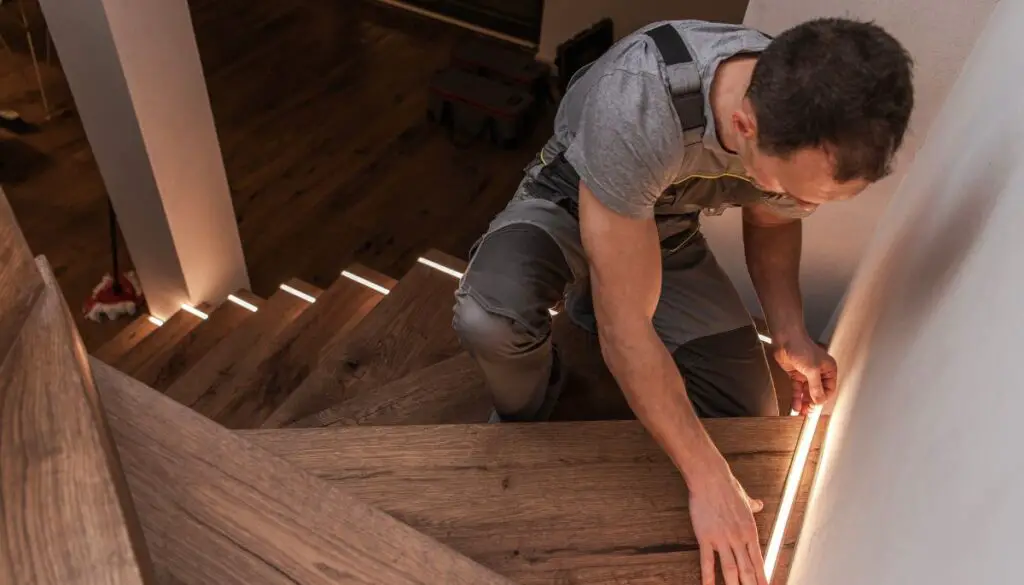
LEDs, however, offer unparalleled adaptability, from enhancing color temperature in retail environments to providing energy-efficient lighting in high bay lighting fixtures for industrial buildings. The form factor and solid state nature of LEDs allow for innovative light fixtures designs that can seamlessly integrate into modern control systems, offering dynamic lighting solutions that can adjust to specific needs.
Environmental Considerations
Considering the type of lighting from an environmental standpoint, LEDs have a clear advantage. Their solid-state design eliminates the small amount of mercury found in induction bulbs, making them safer for the environment and easier to dispose of at the end of their lifespan. Additionally, LEDs’ higher energy efficiency translates into reduced greenhouse gas emissions, and maintenance costs aligning with global sustainability goals.

Enhancing Scandinavian Home Design with LED Lighting
Incorporating the principles of Scandinavian design into home decorating emphasizes simplicity, functionality, and the harmonious balance between form and function, reflecting a deep appreciation for minimalist aesthetics and natural light. The choice between LED and induction lighting becomes particularly relevant in this context.
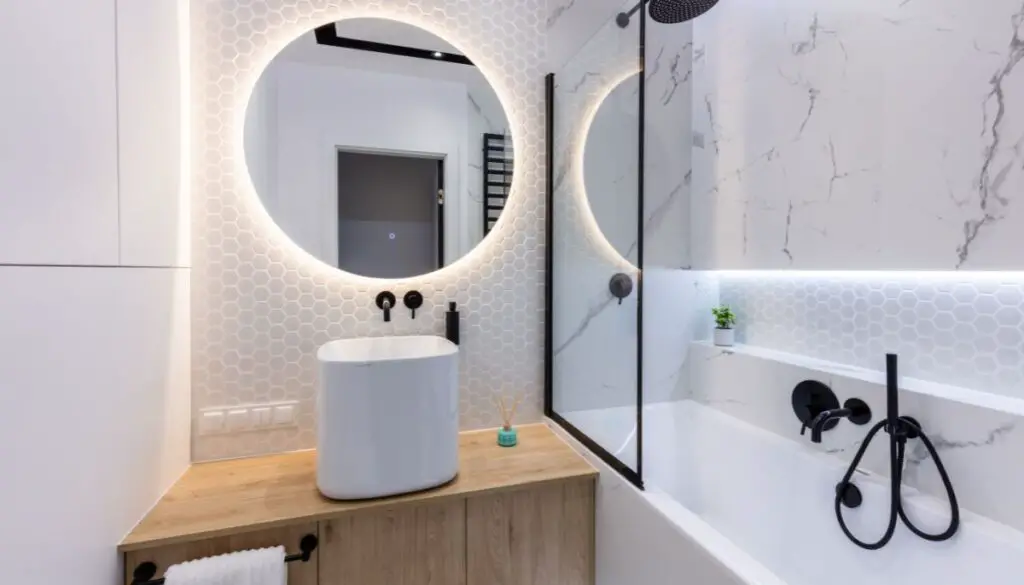
The light quality of both lighting options can significantly influence the ambiance, energy efficiency, and overall aesthetic appeal of a space adorned in the Scandinavian style. LEDs, with their superior energy efficiency and versatility, are the best choice to align seamlessly with Scandinavian design principles, offering a sustainable and cost-effective lighting solution that enhances the clean, uncluttered look characteristic of Nordic interiors.
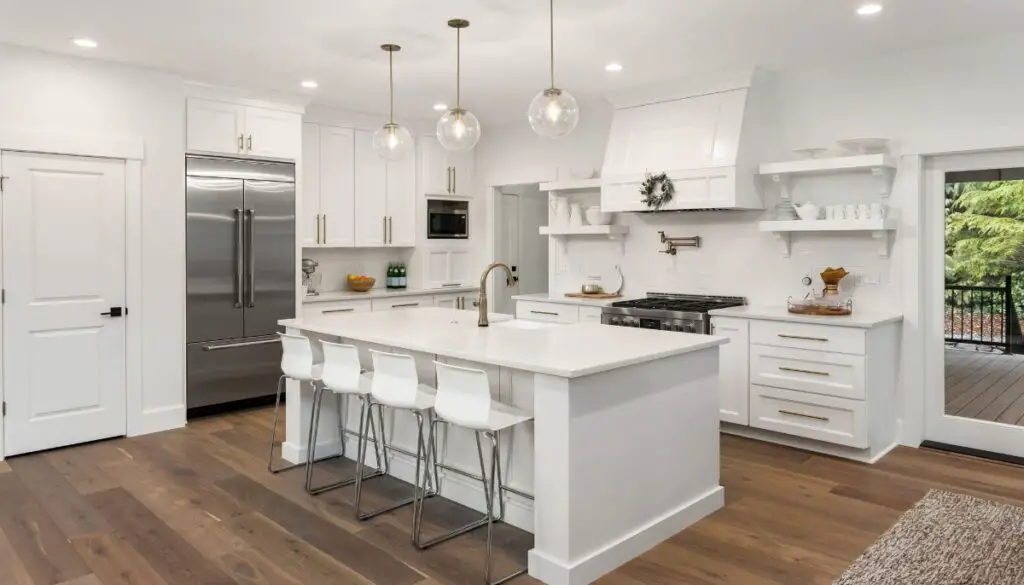
The ability to produce bright, high-quality light with lower energy consumption not only illuminates spaces effectively but also mirrors the Scandinavian ethos of environmental responsibility and sustainable living which outweighs the advantages of induction lighting.
Furthermore, the long lifespan and minimal maintenance requirements of LED lighting reduce the need for frequent replacements, contributing to a serene and effortlessly maintained home environment that embodies the Scandinavian pursuit of simplicity and practicality.
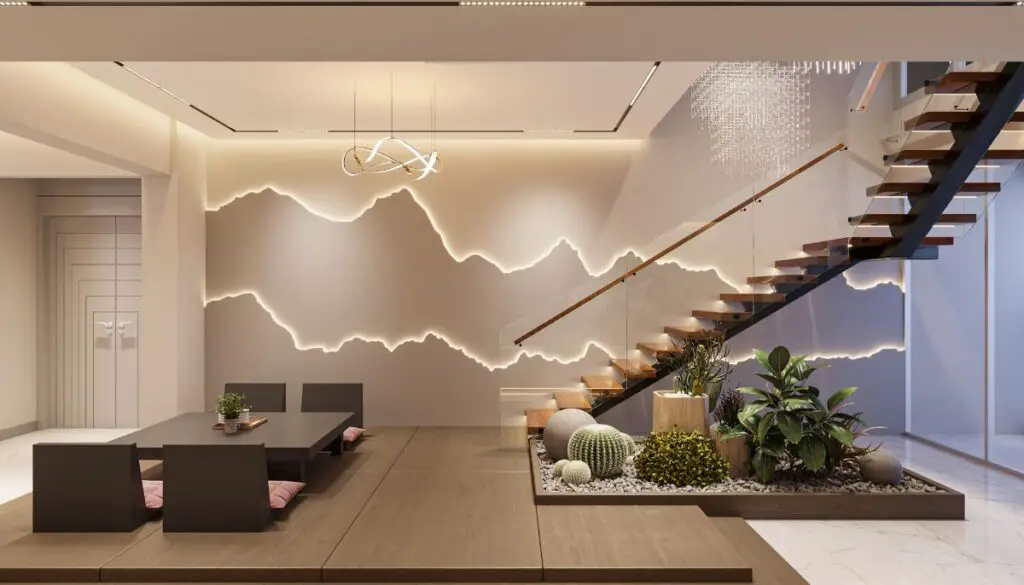
The adaptability of LED technology, capable of providing a wide range of color temperatures, from warm whites that mimic the soft glow of natural sunlight to cooler whites that brighten spaces without overpowering, allows homeowners to create inviting and comfortable atmospheres that are central to Scandinavian design.
This flexibility in adjusting light levels and color temperatures can transform rooms into multifunctional spaces that cater to various activities, from reading and relaxation to social gatherings, echoing the Scandinavian emphasis on functionality and the adaptability of living spaces to the needs of their owners.
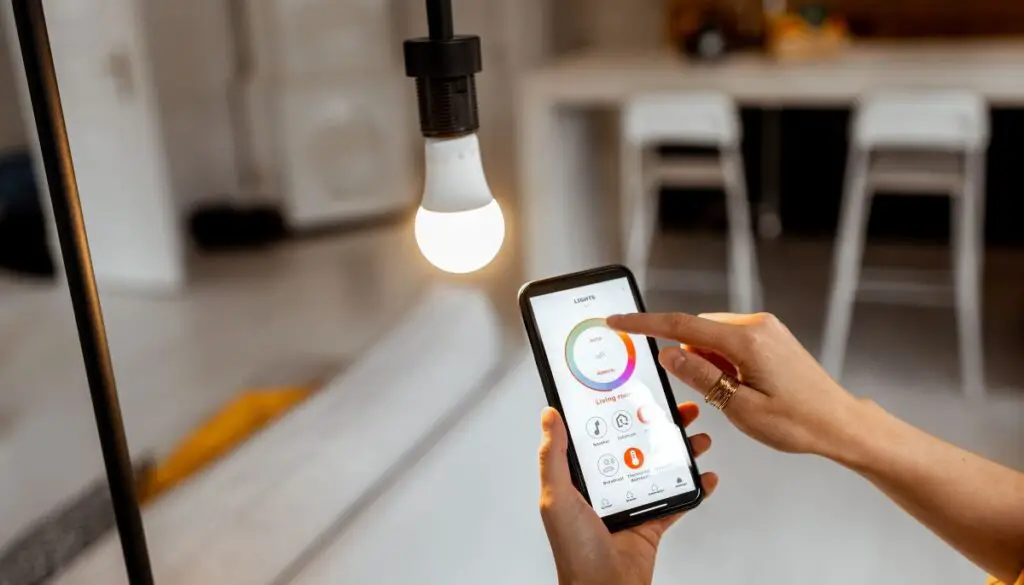
In essence, the adoption of LED lighting in decorating a home using Scandinavian-style principles not only aligns with the aesthetic and functional goals of the design but also upholds the values of sustainability and mindful living that are central to the Scandinavian way of life. LEDs offer a harmonious blend of form and function, providing homeowners with a lighting solution that enhances the beauty, comfort, and environmental sustainability of their living spaces.
Conclusion
In conclusion, while both induction lighting and LED lighting present their unique advantages, LEDs undoubtedly take the forefront in the realm of modern, sustainable, and efficient home illumination. Their unparalleled energy efficiency, longevity, environmental friendliness, and cost savings make LEDs the superior choice, particularly when integrating into the minimalist and functional aesthetic of Scandinavian design. Decorating a home in the Scandinavian style focuses on clean lines, natural light, and a monochromatic color palette accented with organic materials.
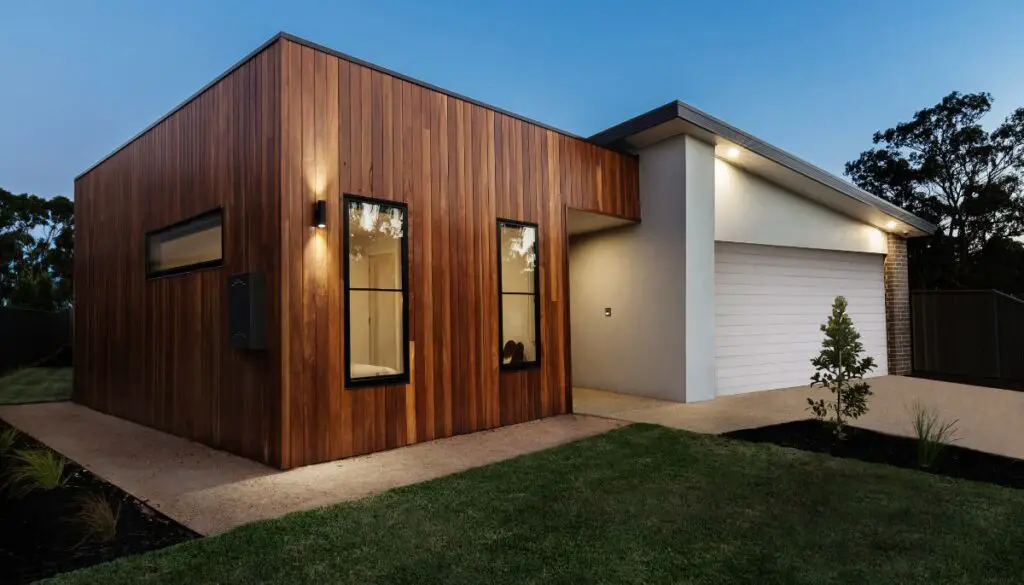
LED lighting complements this design philosophy perfectly, offering versatile lighting solutions that enhance the open, airy feel of Scandinavian interiors. By carefully selecting LED fixtures that align with the natural, understated elegance of this design style, homeowners can create inviting, warm spaces that reflect a deep appreciation for simplicity, functionality, and beauty. Through the strategic use of LEDs, the principles of Scandinavian design come to life, providing a serene, harmonious living environment that prioritizes both aesthetics and sustainability.

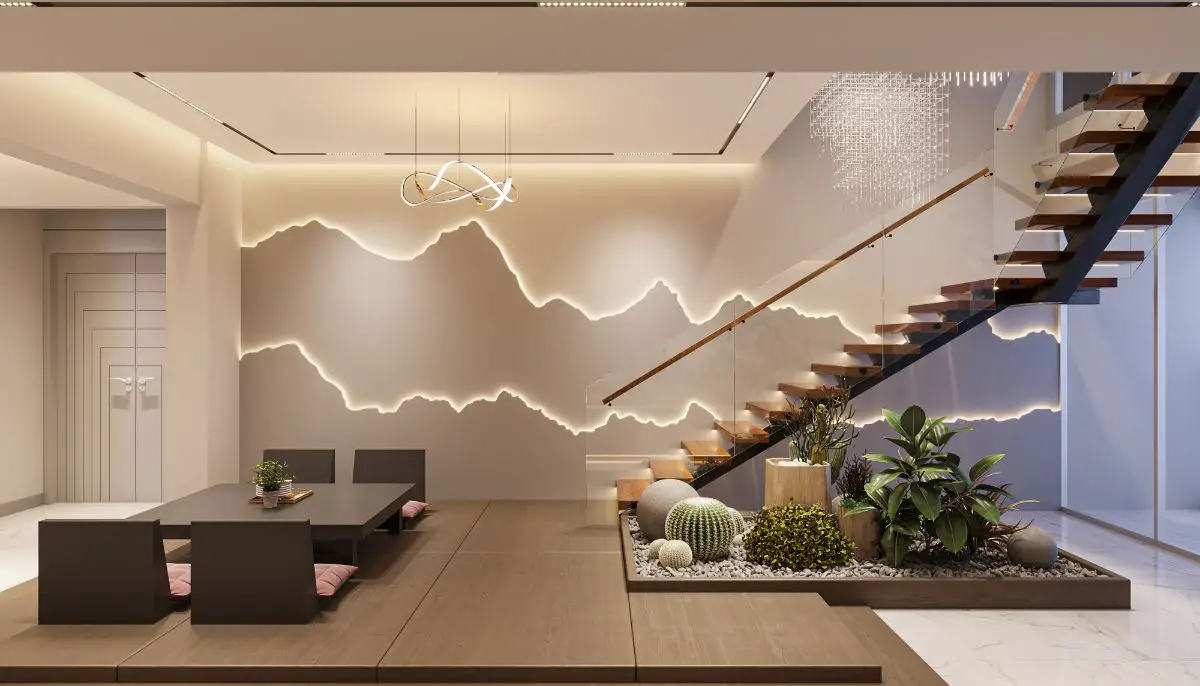
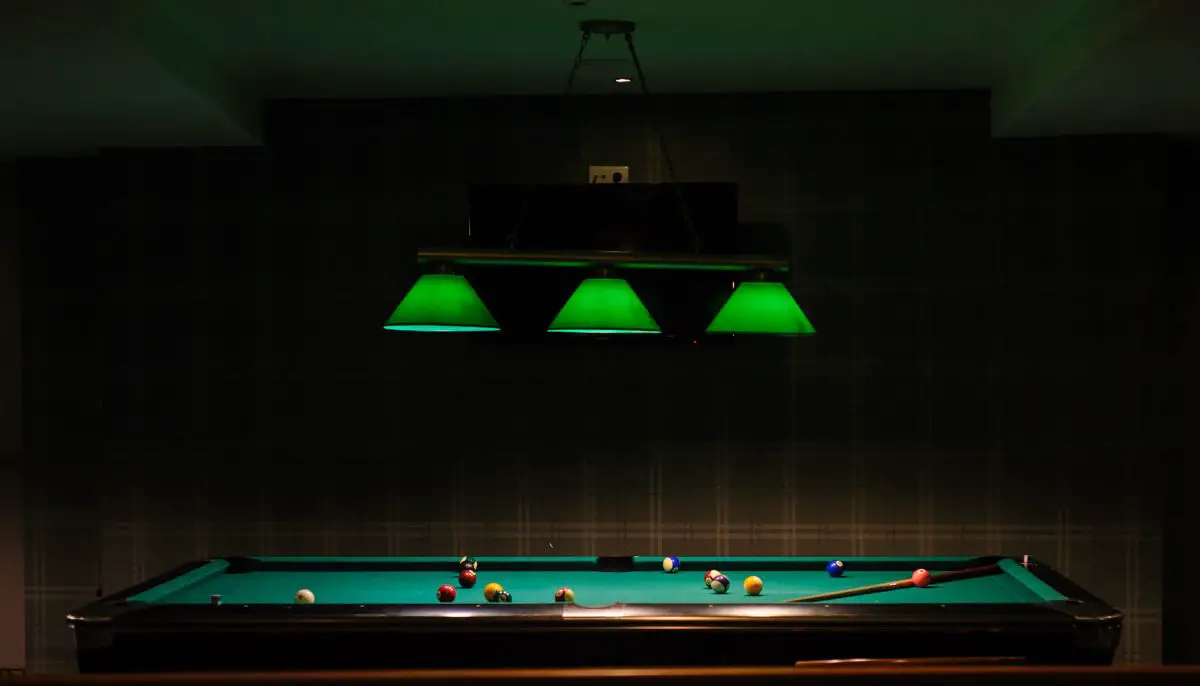
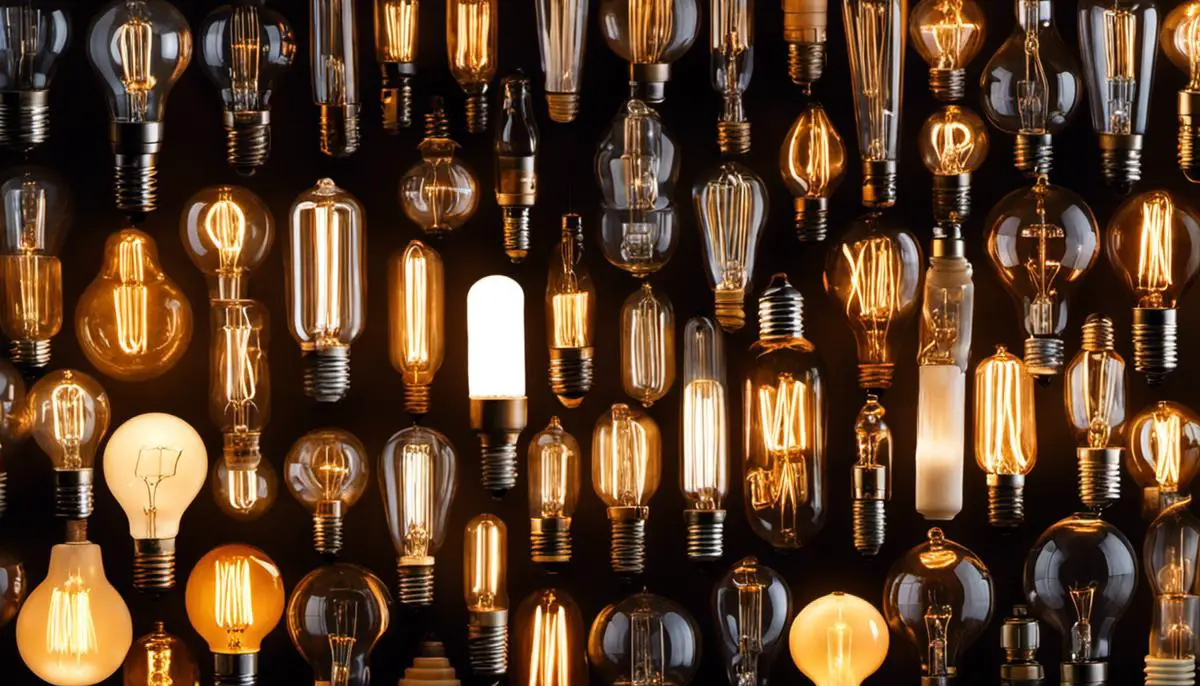
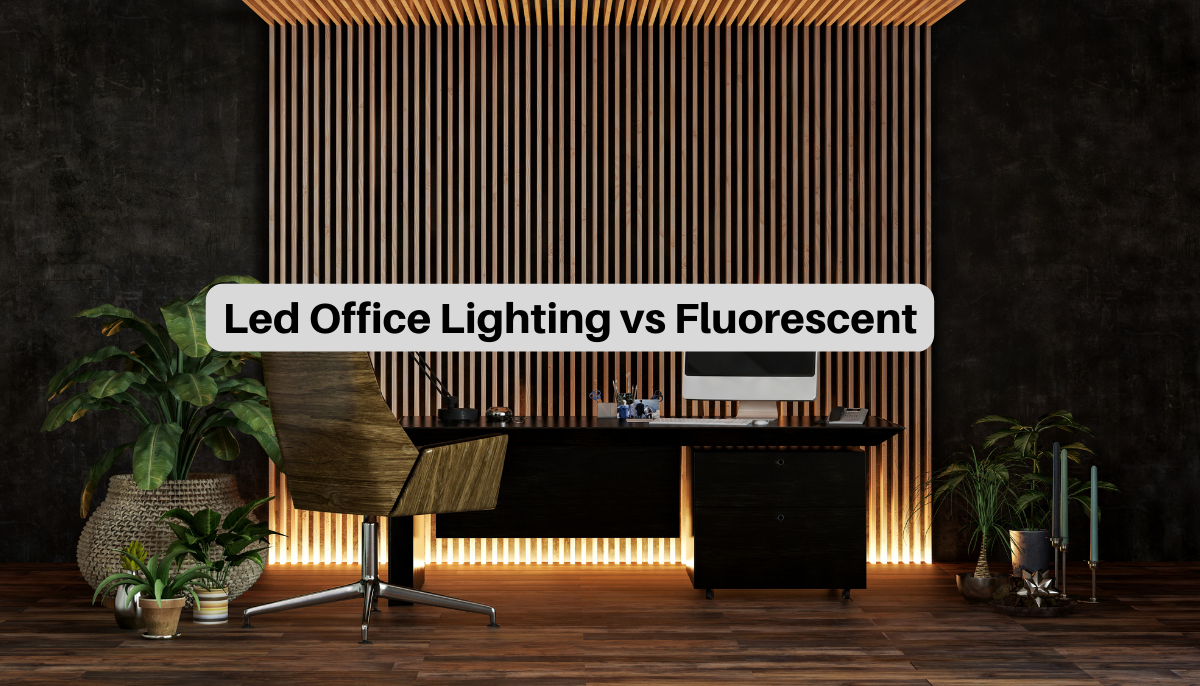
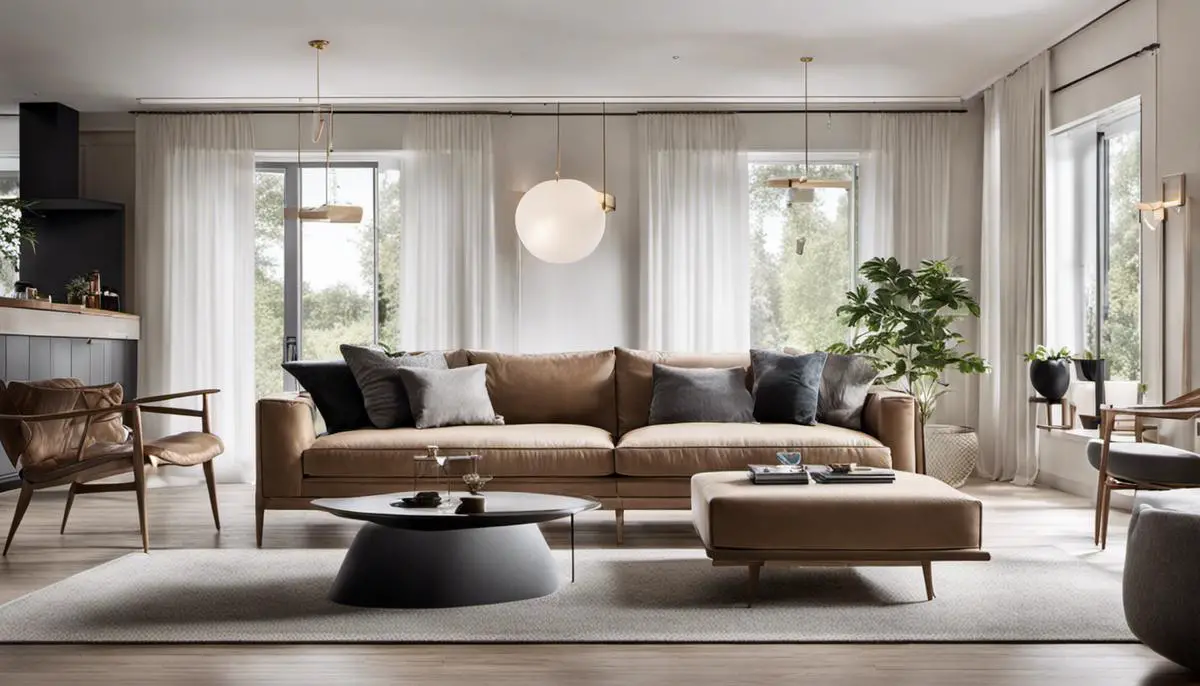
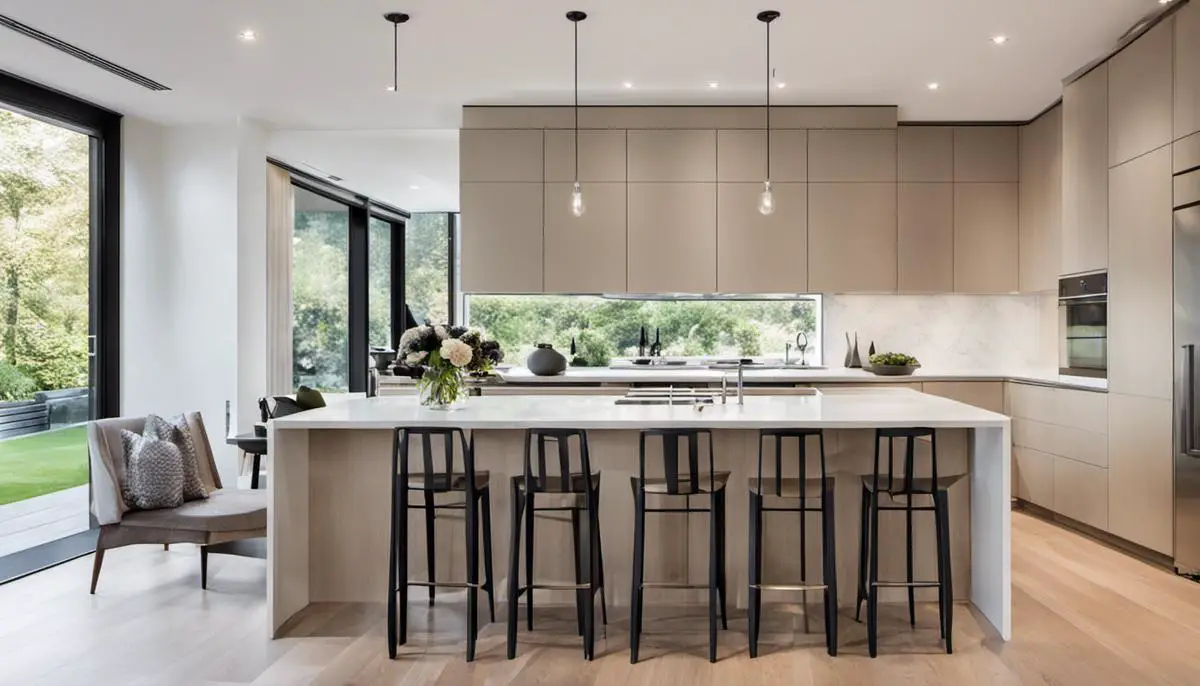
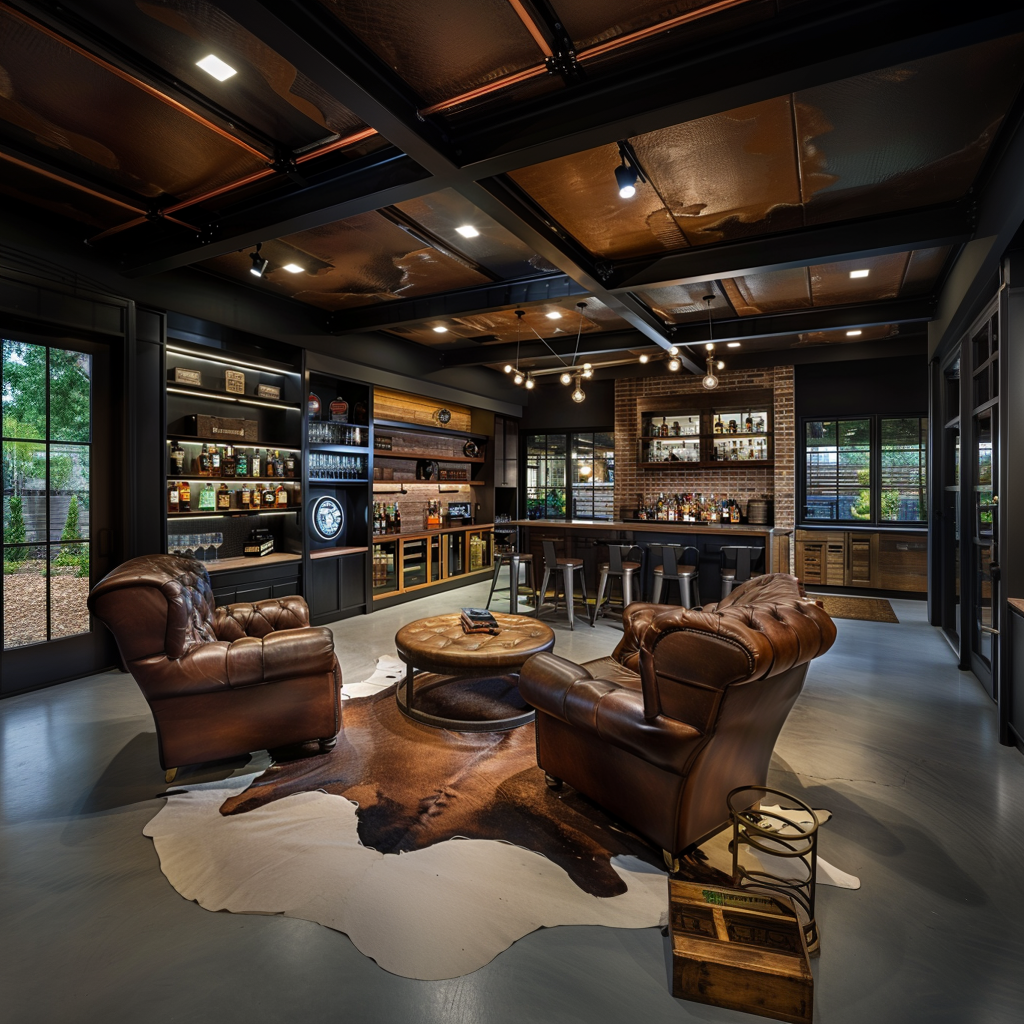
Leave a Reply